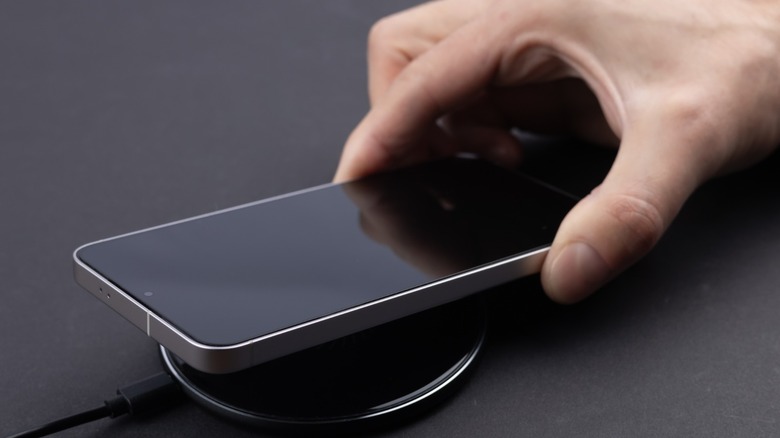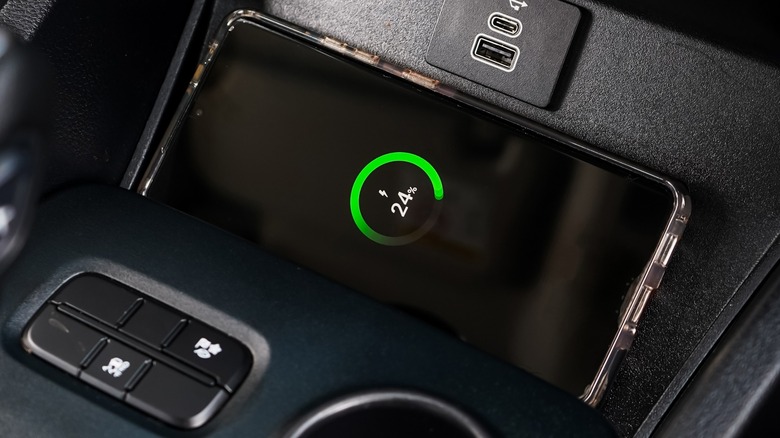Just How Inefficient Is A Wireless Charger? How Much Power You May Be Losing By Not Plugging In
When you place your phone on a wireless charger, you do it because it's convenient. No need to fiddle around looking for ports, no need to have all sorts of wires hanging about, and if you have one of those wireless charging stations, there's also no need to carry chargers for other accessories. But, of course, it comes with one big catch: inefficiency.
Charging wirelessly is agonizingly slow. It doesn't help that many of us these days are used to fast charging. Getting a Samsung Galaxy S22 or later from 0 to around 50% takes only about 20 minutes with a 45W charging brick and iPhones also have similar charging times with high-wattage chargers. However, with a Qi-certified wireless charger, you would most likely spend over 30 minutes for the same result and still use more electricity.
Because wireless charging generates a lot of heat, some smartphones may even stop charging completely until it cools down a bit more. This means slow charging and the additional battery degradation that comes with the consistent blistering heat between the two charging coils. But just how much power are you losing when you use a wireless charger and what factors contribute to this inefficiency?
What causes the wireless charging inefficiency and how bad could it be?
To understand why it is so inefficient, you first must understand how wireless charging works. When you place your phone on a wireless charger, it transfers energy between two coils — one in the charger and the other in your phone — using electromagnetic fields. Generating this electromagnetic field requires AC electrical current, and the charger already converted AC from the mains to DC, now it must change that DC back to AC, losing even more energy in the process. After that, your phone's coil receives energy from the electromagnetic field, but some of the energy is lost via heat as the electrons collide with other materials between the two coils. Finally, the AC current your phone receives from the magnetic flux must be changed back to DC to charge the battery.
iFixit tests have revealed up to 59% energy loss and 24.4% increase in energy consumption charging a 12.7Wh Apple iPhone 15 battery with a MagSafe charger. In fact, you may end up using up to 36% more power if you forget to disconnect the wireless charger from the wall as it will keep probing to see if a device is connected — whereas a wired charger would have just shut off.
All of this is assuming the coils on your phone and charger are properly lined up and you're using a MagSafe-friendly phone case. If these conditions aren't met for any reason, you will see more losses and might use as much as 100% more power to charge your phone. Expect to use even more power than that when using a car charging pad.

